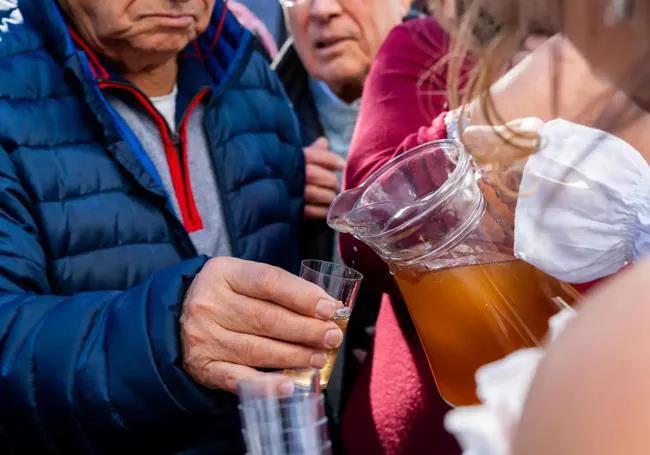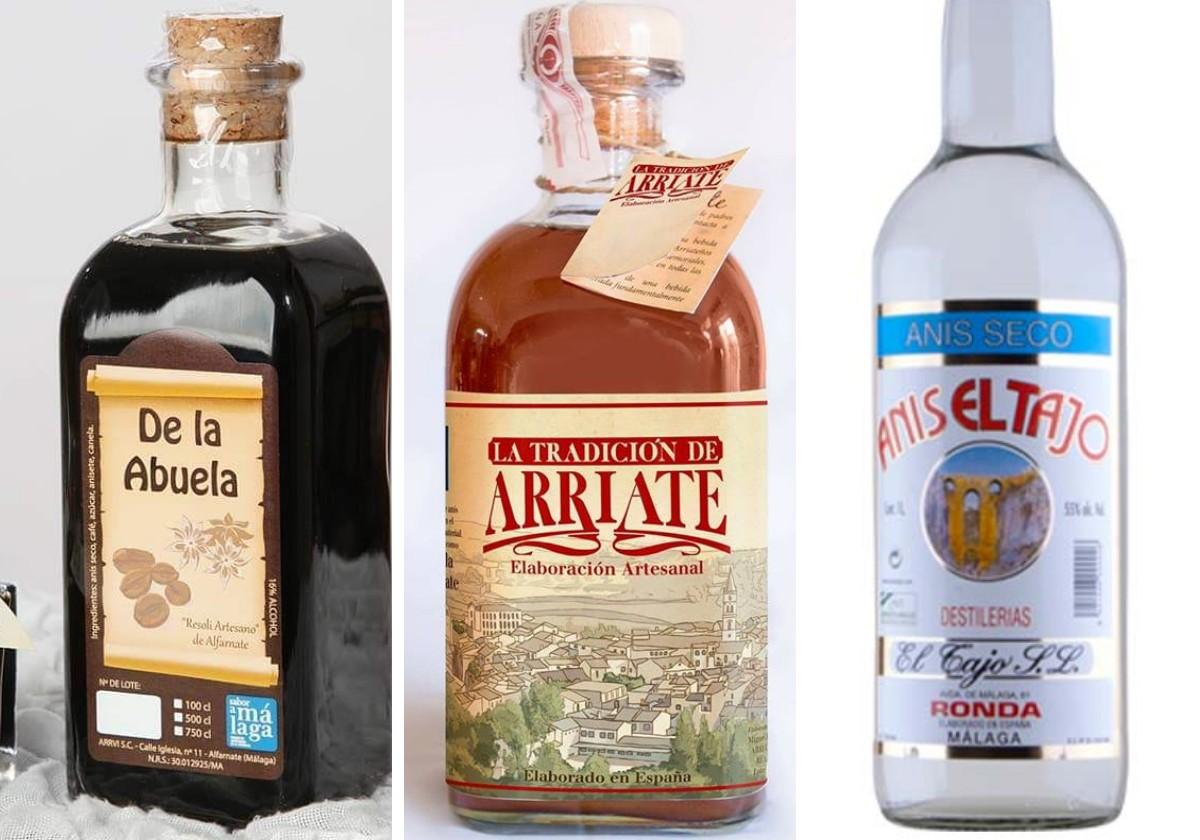Malaga province's most traditional festive season tipples
These alcoholic beverages are still produced by a number of small businesses which are members of the Sabor a Málaga promotional brand for locally made food and drink products
They go perfectly with Spain's traditional Christmas-time sweets, such as 'mantecados', 'polvorones' or 'roscos de vino' (a ringed biscuit made with sweet wine), and stand the test of time thanks to the efforts of some small family businesses over the last few decades. From the 'mistela' of Arriate (a liqueur made with 'aguardiente' firewater) to the 'anisette' of Ronda or the 'resoli' of Alfarnate (another liqueur with dry anis and coffee as its main ingredients), there is an interesting, almost intangible heritage that survives thanks to certain recipes with centuries of history.
These alcoholic beverages are being produced by a number of small businesses across the province which are members of the Sabor a Málaga promotional brand for locally-made food and drink products.
Resoli de Alfarnate. This is the star product of the company Licores de la Abuela, created by the Arrebola brothers in what is the highest situated village in Malaga province. It is a coffee liqueur, whose ingredients also include dry aniseed, sugar, water and various spices that give it that homemade touch, such as cinnamon, cloves and nutmeg. With an alcohol content of 8.8 degrees, it is the perfect accompaniment to any Christmas confectionery, but also to the 'roscos carreros', the volcano-shaped sweet that is typical only of this village in the Axarquia area. Resoli, resolí or resol is a typical drink not only in Alfarnate but also in many other Spanish towns, especially in the south of Spain. From Cuenca to Jaén or even other villages in Malaga province such as Cuevas Bajas or Cuevas de San Marcos, it has traditionally been made in many homes, although only today is it made for commercial sale at Licores de la Abuela. This company even makes a decaffeinated version of this liqueur. It also makes other drinks where aniseed is essential, such as sloe liqueur (similar to pacharán), raspberry liqueur or an aniseed cream liqueur. They have a shop in the village itself, although you can also find their alcoholic beverages in different formats in Malaga province or for sale online.
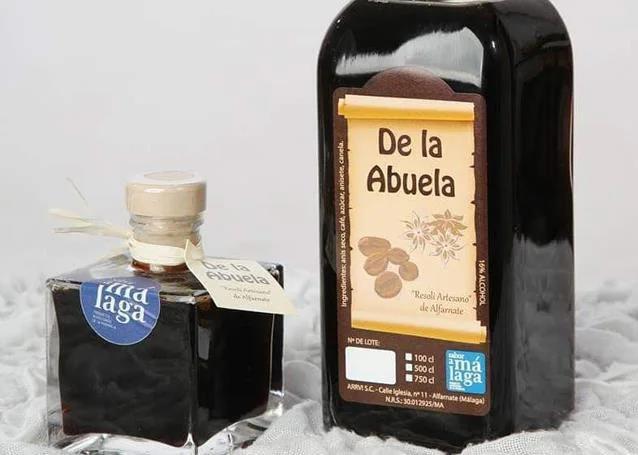
Mistela de la Serranía de Ronda. Another drink that's infused and is also especially associated with the festive season or the colder months and made in many villages in the province's most mountainous parts. In the Serranía de Ronda there are many homes where it is customary to follow a certain recipe, but with some variations. There are subtle differences between those made in villages such as Pujerra, Igualeja, Montejaque and Arriate. In the latter town, a company has even been set up whose only product is mistela. Created by Miguel López, it is called La Tradición de Arriate and can be bought both within and beyond the town (available even in some major shopping centres). Its ingredients are saffron, matalahúva (star anise), cinnamon, cloves, lemon verbena, orange and lemon peel, aniseed and sugar. It is a sweet, smooth, aniseed-flavoured drink with an alcohol content of only 13 degrees. In Arriate it is commonly consumed at many of its festivals, such as Partir la Vieja (in the middle of Lent) or at Christmas. Mistela de Arriate can boast of being part of the intangible heritage of Andalucía.
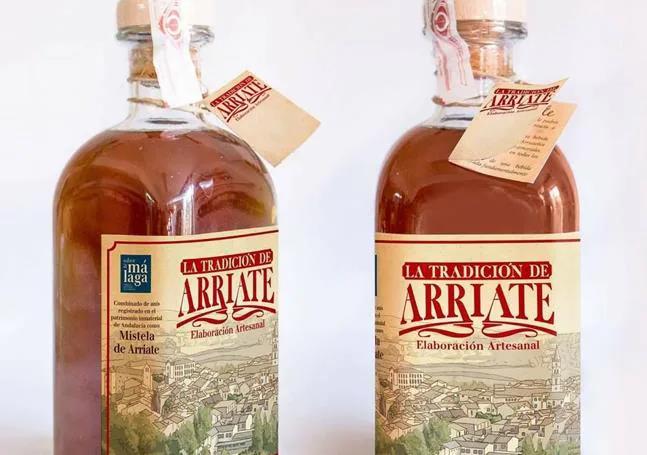
Anis from the Serranía de Ronda. The brand of anis produced by the company Destilerías El Tajo is still in use today. The origin of this alcoholic beverage, which today forms part of the wide range of products produced by this company located in Ronda, can be traced back to the village of Jubrique. This is where the family that produced this artisan beverage many decades ago came from. Today in this village the tradition of distilling aguardiente in copper stills continues in many homes. In fact, on the last weekend of the year it holds a competition that is a true gastronomic festival. Meanwhile, in Ronda town, El Tajo continues to elaborate an ancestral recipe for its particular aniseed drink, with sweet and dry varieties. It currently has two own brands, La Rondeña and El Tajo.
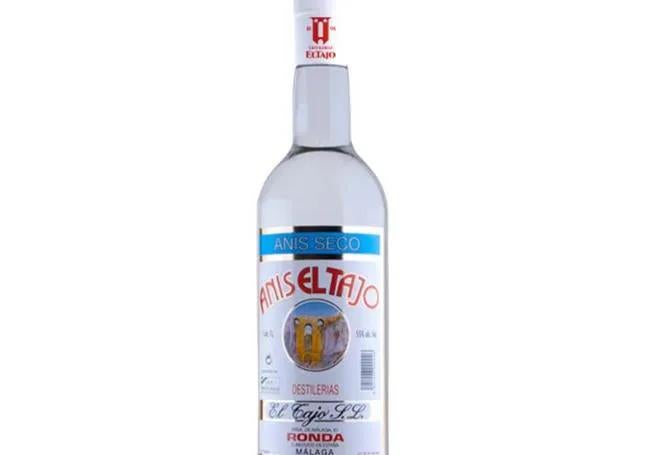
Mostos del Valle del Genal. These are not a spirit-based drink, but they are part of the rich intangible heritage of many villages in the Genal Valley. This is real wine from the land to be drunk throughout the year, which is still made today in the old-fashioned way in many homes in villages such as Atajate, Cartajima, Pujerra, Igualeja or Alpandeire. Mosto comes from the must of the grape and these are non-aged wines. In the last days of November they are usually ready for consumption. In fact, both in Cartajima and Atajate, on the last Saturday of that month they hold a competition among the locals to see who is the best at making a mosto wine. Given these dates, it is also a drink closely associated with Christmas and the festive season in these villages. However, it is more difficult to buy it, as they are homemade and of very limited production, occasionally reaching some of the bars in these mountain villages.
